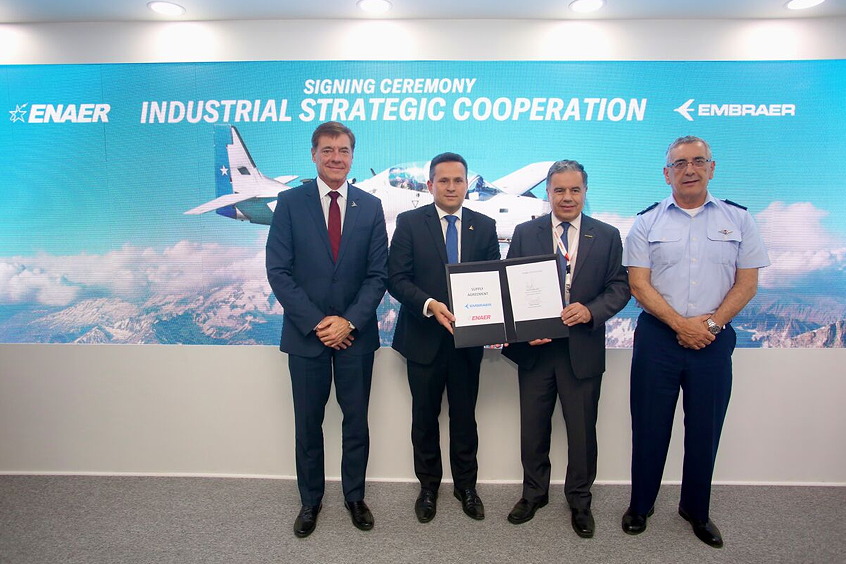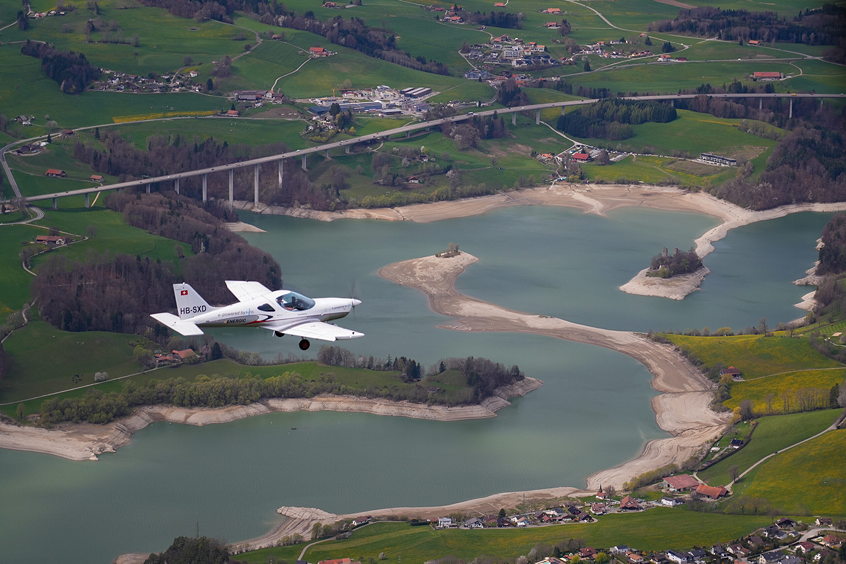Secure radio communications experts at Collins Aerospace in Cedar Rapids, Iowa (formerly Rockwell Collins) will provide advanced cryptography for U.S. military aircraft radios under terms of a $10.8 million order announced Tuesday.
Officials of the U.S. Naval Air Warfare Center Aircraft Division at Patuxent River Naval Air Station, Md., are asking Collins Aerospace to integrate the company's programmable crypto engine in versions of the company's AN/ARC-210 airborne radios.
Radios involved in this order are the Collins Aerospace AN/ARC-210 RT-1939A(C), RT-1990A(C), and RT-2036(C). United Technologies Corp. acquired Rockwell Collins for $30 billion this year and changed the company's name to Collins Aerospace.
Collins cryptography experts will use Tactical Secure Voice Suite B algorithms to secure the ARC-210 radios. Company military communications experts launched a program in about 2005 to develop the company's own programmable crypto engine and embed it in products ARC-210. Embedding crypto in the radio saves space and weight, and enables the company either to make more lightweight radios or add capability.
Tactical Secure Voice Suite B algorithms are approved by the U.S. National Security Agency (NSA) at Fort Mead, Md. Suite B non-classified crypto algorithms are developed in private industry, not in government. NSA experts verify the effectiveness of these algorithms and certify them for deployed military systems.
The NSA formed the Tactical Secure Voice Working Group in 2008 to ensure that modernized tactical secure voice devices are interoperable across the U.S. Department of Defense (DOD). This group's work led to the Tactical Secure Voice Cryptographic Interoperability Specification (TSVCIS), which became an official NSA document in July 2009.
The TSVCIS consists of two documents -- one classified and the other unclassified -- that define the voice encoding, encryption, framing, synchronization, key management, and other functions for tactical secure voice and data radio communications. Suite B cryptography follows the unclassified document.
NSA allows use of Suite B unclassified industry-developed crypto algorithms for certain kinds of military communications. Suite B algorithms are openly published and understood. Since Suite B crypto algorithms are unclassified, personnel without security clearances can operate equipment using Suite B encryption, which opens up its use to a broad variety of warfighters -- particularly those on the front lines.
Suite B crypto often is appropriate for secret or otherwise sensitive information with a short shelf life—such as a position report on a moving enemy force. In addition to Suite B algorithms, NSA allows Suite A crypto for the military's most secret and sensitive communications. NSA also allows a certifiable crypto approach that layers different security products from different commercial vendors in a "good-enough" approach where appropriate.
Suite A crypto has limited use, layered COTS crypto still is in its infancy, and most of industry's attention in cryptography and crypto modernization is on Suite B, industry experts say. In the recent past, most U.S. military cryptography involved hard-coded devices that were difficult and costly to upgrade.
On this order Collins Aerospace will do the work in Cedar Rapids, Iowa, and will be finished by January 2022.
| Contact details from our directory: | |
| Collins Aerospace, Avionics Division | Head-Up Displays, Radio Communications Equipment, Moving Maps, Enhanced Vision Systems (EVS), LCD Displays, Engine Indicator Instruments, Cabin Management Systems, Automatic Flight Control Systems, Inflight Entertainment, Automatic Direction Finders, Cabin Address Systems, Autopilots, Radar/Radio Altimeters, Distance Measuring Equipment, VOR (Omnirange) Receivers, Avionics Management Systems, Air-to-Ground Data Links, Multi-Mode Receivers (MMR), Engine Control Quadrants, Control Panels, Aircraft & Helicopter Controllers, Collision Avoidance Systems/TCAS, Helmet-Mounted Displays (HMD), Weather Mapping Radar, Inertial Components & Systems, Attitude and Heading Reference Systems, Navigation Antennas, Transceivers, Flight Recorders, Cockpit Printers, Flight Directors, Flight Management Systems, Electronic Flight Instrument Systems, Air Data Computers, Onboard Computers, UAV Control Software, GPS, Simulation Systems, Surveillance/Air Defense Radar, Engine Controls, Terrain Awareness and Warning Systems, Horizontal Situation Indicator, Instrument Landing Systems, Command, Control & Intelligence Systems, Airborne Communication Systems, Cockpit Video Displays, Onboard Intercom Systems |
| Related directory sectors: |
| Communications (Airborne) |
| Avionic Components |
Weekly news by email:
See the latest Bulletin, and sign up free‑of‑charge for future editions.

Bell Mexico delivers 800th commercial aircraft cabin

Chile's ENAER expands cooperation with Embraer

Eve names KAI as supplier for eVTOL pylons
